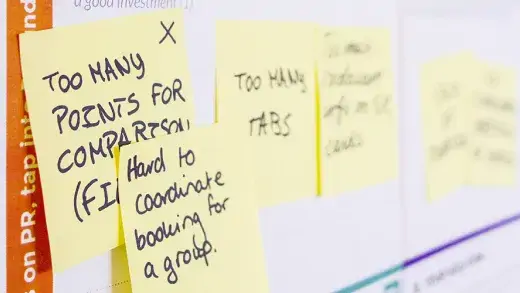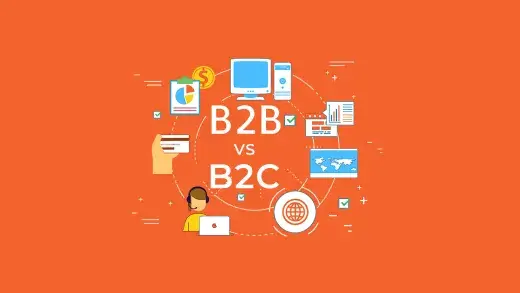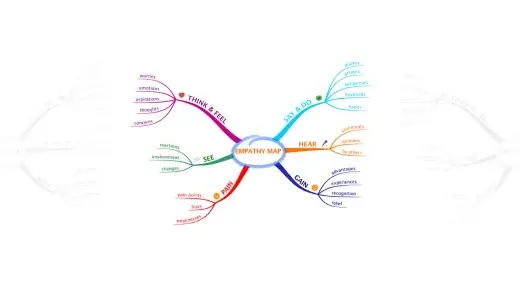Customer Journey Map
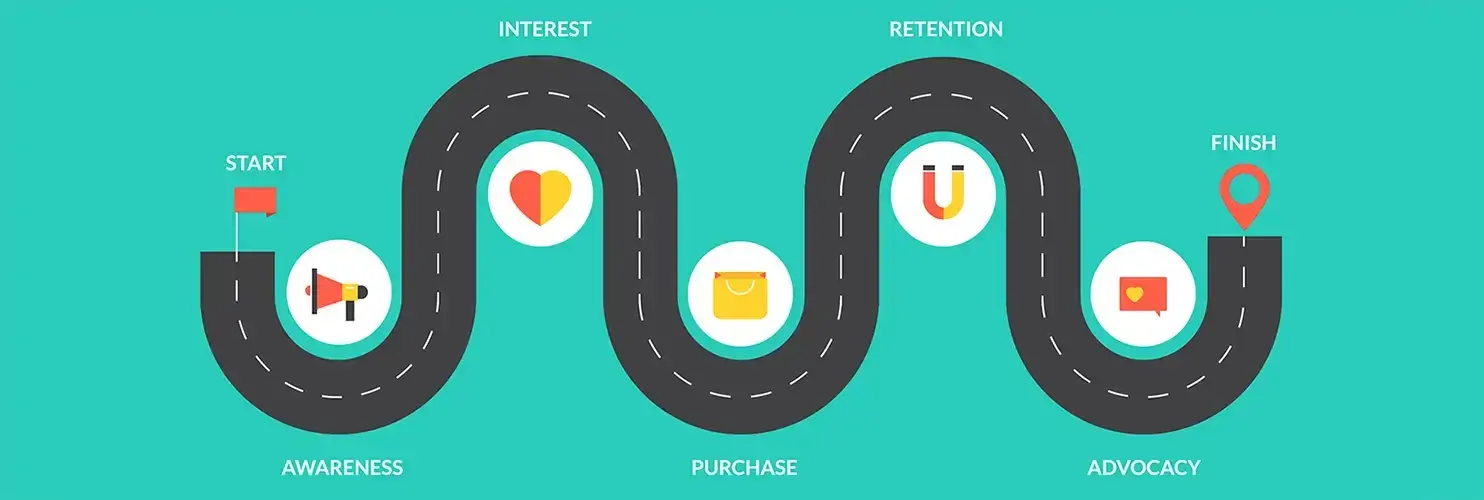
What is Customer journey map?
According to UX Planet: “Customer journey map is a visualization of an individual’s relationships with an organisation, service, product or brand over time and across channels.”
Customer journey map comes in all shapes, sizes, and formats. It’s commonly represented as a timeline of all touch points that users use to interact with a product through channels.
Customer journey map was used in the first step of Design thinking process: Empathize to research user’s needs.
Learn more at: https://www.t-design.center/blog/what-is-design-thinking
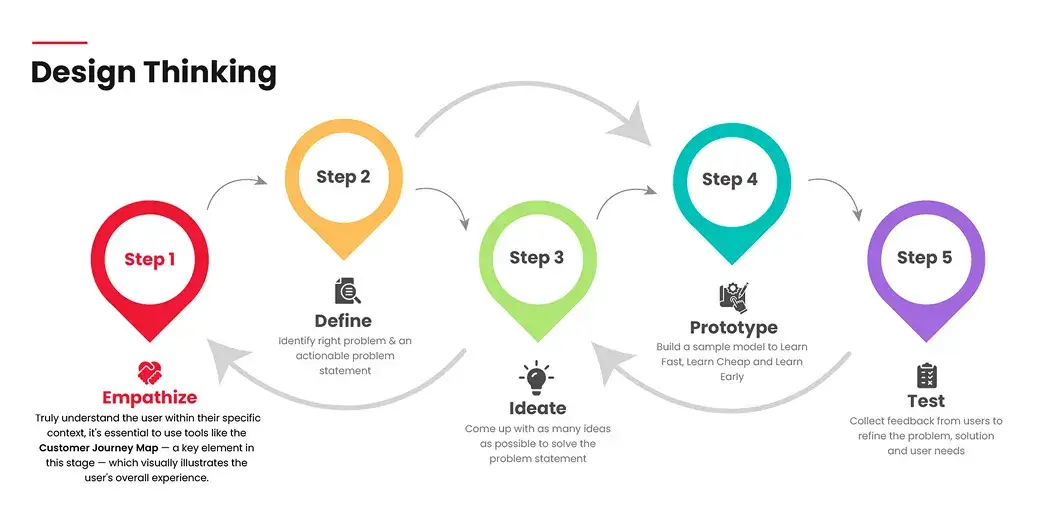
Why use Customer journey map?
The purpose of customer journey map is help to understand what customer go through and experience. They help explore what customers think, feel, see, hear, do and interesting. Through that, the business find the position answers to them and improve the quality of customer experience. By using customer journey map, the business can:
- Following customer phases step-by-step, customer experience management
- Facilitate a common business understanding of how every customer should be treated across all sales, logistics, distribution, care, etc. channels
- Determine where customers get stuck then resolve customer problems
- Customer retention by improve customer’s experience, bring into better experience, meet the customer's demandCreate competitive advantage
How to create Customer journey map?
Customer journey map is an excellent tool for UX designers. Here are steps to create a customer journey map:
Step 1: Understand your users and business goal
Journey map should be created with applicable insights in order to align to a business goal. By using these tools below, UX designer can gather and use the information obtained for determining their user:
- Personas: a fictive main characters that illustrate user's needs, goals, thoughts, feelings, opinions, expectations, and pain points.
- Scenarios: short stories about the users (user personas) trying to reach their goals in their context, it concentrates on users' goals.
- Empathy Map: a framework shows users insights. The map goes beyond what users see, do and say, what they hear, think and feel,... to provide the portrait of target user.
To be specific, imagine the Customer Journey Map of Thach - an office worker who lives far away from home and he wants to give flowers to his mother:
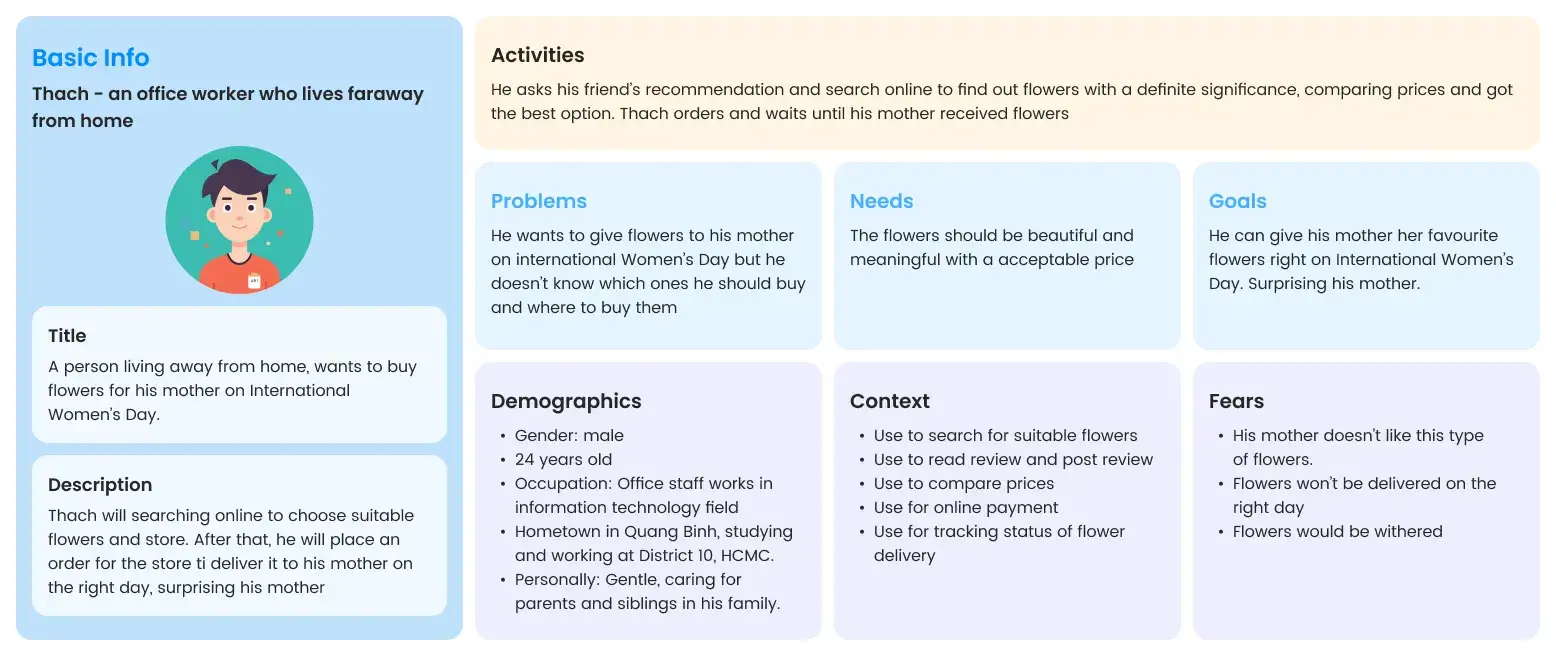
Persona and Scenario
Step 2: Do some preparation prior to beginning the journey maps
After having the research information, UX designers need to put themself in user's position then figure out/explore/deploy:
- Timeline: a finite amount of time or variable phases (e.g. awareness, decision-making, purchase, renewal)
- Emotion: a line show peaks and valleys that illustrating frustration, anxiety, happiness,...
- Touchpoints: actions and interactions between customer and the organisation. This is the what the customer is doing (For example, for touchpoint ‘Buy a gift’, channels can be — purchase online or buy in a store.)
- Channels: where interaction takes place and the context of use (website, native app, call center, in-store). This is the where they are interacting.
Step 3: Sketch the Customer Journey Map
Put all the collected information together and sketch a journey in a format of step-by-step interaction. Each step shows an experience that the persona has with a service/product. After having the overview picture, UX designer can give more ideas, directions, strategies to develop their service/product.
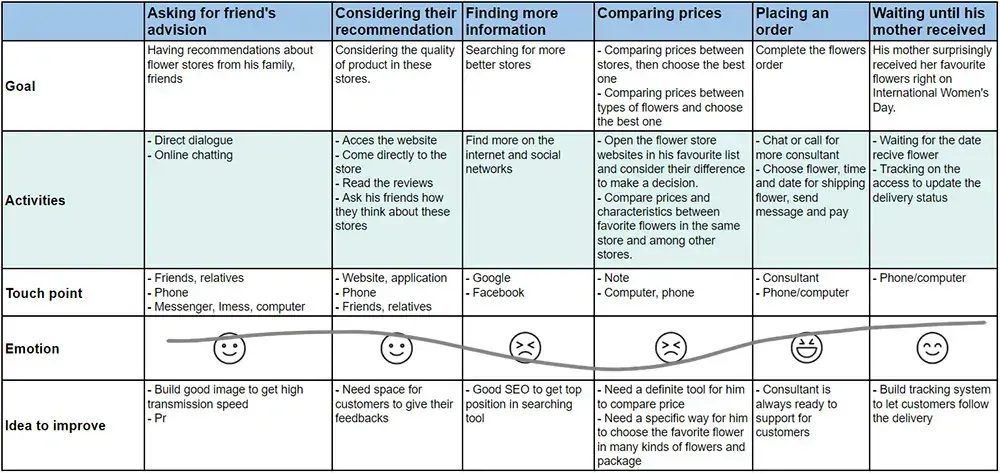
Customer journey map
Step 4: Determine if customers achieve their goals
Use the information from usability testing sessions and app analytics to be sure that the journey map resembles a real use case.
Beside that, UX researcher should gather and analyze information about their users on a regular basis.
Tips & Tricks
- Be clear on what you want to accomplish: know what you want to do keep your strategic goals in the forefront to guide you in the best way.
- Walk a mile in your customer’s shoes: walk through customer experience to identify the touch point where your customer interacts with your organization. Understand what customer go through, their feeling and their needs.
- Don’t create customer journey map without persona: persona helps us understand our customer needs, motivations, experiences, behaviors and goals.
- Focus on customer emotions: help to identify feeling of customer, the most painful and rewarding moments in the journey.
- Differentiate on touchpoint intensity: this is the moments truly impact on customer experience.
- Socialize and share: customer journey map need to socialize and share to get feedback from stakeholder, from that you can adjusted directly.
- Understand and improve: understanding what customer need and improve the quality of their experience.
Conclusion
The customer journey map is an essential tool to picture the customer's touchpoints with a brand via all available channels. It also offers a chance to business to have a clear understanding about how the brand approaches to a potential customer, and then moves through the touchpoints in an entire sales process.
References
https://www.nngroup.com/articles/customer-journey-mapping/
https://uxplanet.org/a-beginners-guide-to-user-journey-mapping-bd914f4c517c
https://www.visual-paradigm.com/guide/customer-experience/what-is-customer-journey-mapping/
